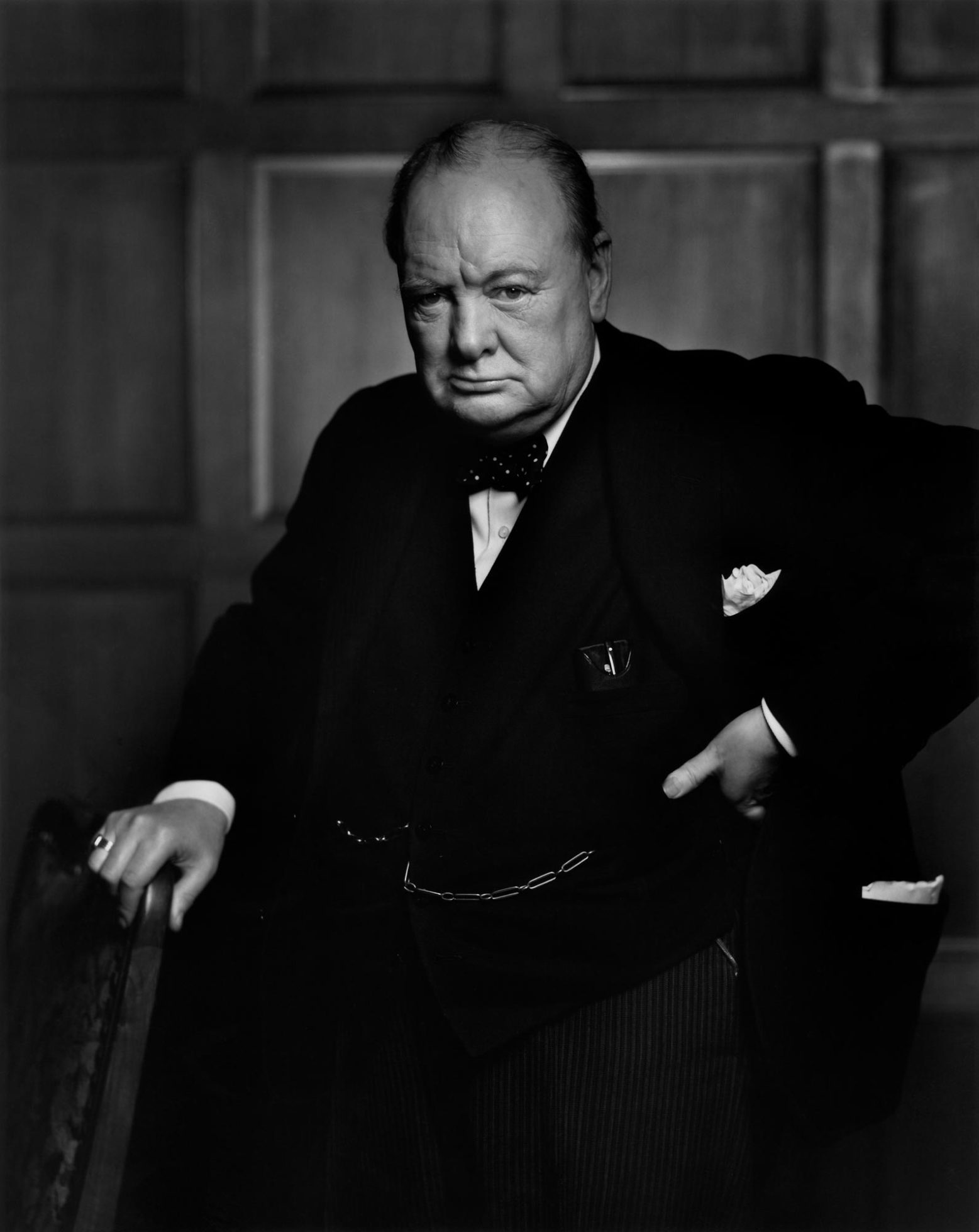
The Globe & Mail newspaper recently had the chance to talk to Geoff Regan, Speaker of the House of Commons, for a piece about the secrets of Parliament Hill’s Centre Block. One story he told, unfortunately, didn’t make it into the article. Here, for your interest, is the tale behind one of the most famous political portraits of all time – taken in the backrooms of the Speaker of the House of Commons. It’s, in Mr. Regan’s words, edited lightly for length.
“In December of 1941, things were not going all that well in the war. It was a difficult time in Britain. People, of course, were worried about a German invasion at any moment. The ships coming from places like Halifax, convoys crossing the Atlantic, many of those ships were being sunk by U-boats.
“Then on December 7, the Japanese bombed Pearl Harbour. Of course, [British Prime Minister Winston] Churchill had been working on [U.S. President Franklin] Roosevelt for two years by then, trying to get the Americans more engaged in the war. After Pearl Harbour, on the eighth of December, the Americans declared war. Churchill took the dangerous trip across the Atlantic to meet with Roosevelt. He had Christmas dinner with the Roosevelts. And then, on the 30th of December, he came here [to Ottawa] and addressed a joint session of Parliament.
“During his speech, among other things, he talked about French surrender. He said [Mr. Regan adopts a Churchill impression]: ‘French generals told their government that within two weeks Britain would have its neck wrung like a chicken. Some chicken.’ And of course, the House of Commons erupted with applause. ‘Some neck.’ Erupted again with applause. A roar.
“He finishes his speech, comes in here [the offices of the Speaker of the House of Commons]. Sees there’s a camera set up, lighting set up by a young photographer by the name of Yousuf Karsh.
“Churchill says: ‘I wasn’t told about this!’ And his staff kind of chuckle, because they knew about it. He’s standing about here, as you can see by the background of the photo – the paneling of the wall is in the background of the photo. He’s smoking a cigar and smiling. But this not what Karsh thinks represents the image of this guy who’s the leader of the free world. Who everybody’s heard on radio giving unbelievable speeches, keeping the will of the people up. Their defiance. Their determination to continue. And of the allies throughout the Commonwealth.
“So he wants to capture his personality. Karsh asks [Churchill] to take the cigar out of his mouth and he refuses. Obviously, Churchill likes his cigars. So Karsh walks over to Churchill with a light metre, as if he’s taking a reading. Of course, he’s already done everything he needs to do – everything is ready, the aperture, the shutter speed, was all perfect already. And he says: ‘Forgive me, sir.’ And he grabs the cigar, walks back to the camera and takes the picture. And that’s the reaction he gets. It becomes, perhaps, the most famous photographic portrait ever taken.”

Above: Nelson Mandela and Prime Minister Jean Chrétien in the Canadian House of Commons in 1998, admiring Karsh’s portrait of Churchill in the spot where it was taken.
YOUSUF KARSH’S ACCOUNT OF THIS FAMED ENCOUNTER:
“My portrait of Winston Churchill changed my life. I knew after I had taken it that it was an important picture, but I could hardly have dreamed that it would become one of the most widely reproduced images in the history of photography. In 1941, Churchill visited first Washington and then Ottawa. The Prime Minister, Mackenzie King, invited me to be present. After the electrifying speech, I waited in the Speaker’s Chamber where, the evening before, I had set up my lights and camera. The Prime Minister, arm-in-arm with Churchill and followed by his entourage, started to lead him into the room. I switched on my floodlights; a surprised Churchill growled, ‘What’s this, what’s this?’ No one had the courage to explain. I timorously stepped forward and said, ‘Sir, I hope I will be fortunate enough to make a portrait worthy of this historic occasion.’ He glanced at me and demanded, ‘Why was I not told?’ When his entourage began to laugh, this hardly helped matters for me. Churchill lit a fresh cigar, puffed at it with a mischievous air, and then magnanimously relented. ‘You may take one.’ Churchill’s cigar was ever present. I held out an ashtray, but he would not dispose of it. I went back to my camera and made sure that everything was all right technically. I waited; he continued to chomp vigorously at his cigar. I waited. Then I stepped toward him and, without premeditation, but ever so respectfully, I said, ‘Forgive me, sir,’ and plucked the cigar out of his mouth. By the time I got back to my camera, he looked so belligerent he could have devoured me. It was at that instant that I took the photograph.”

